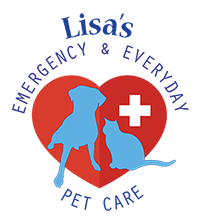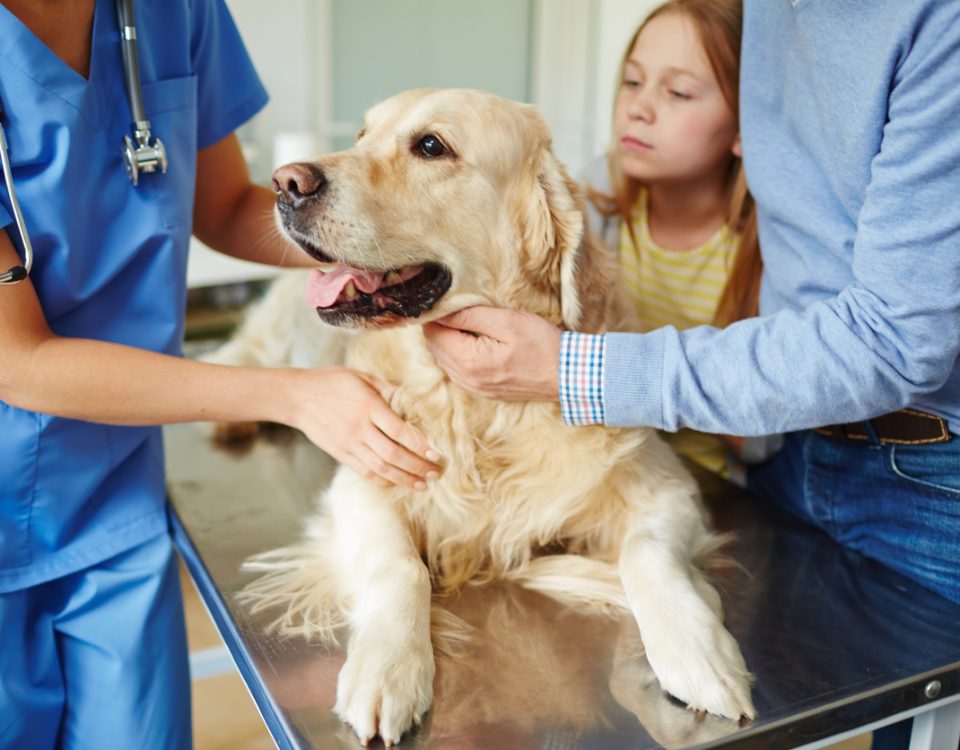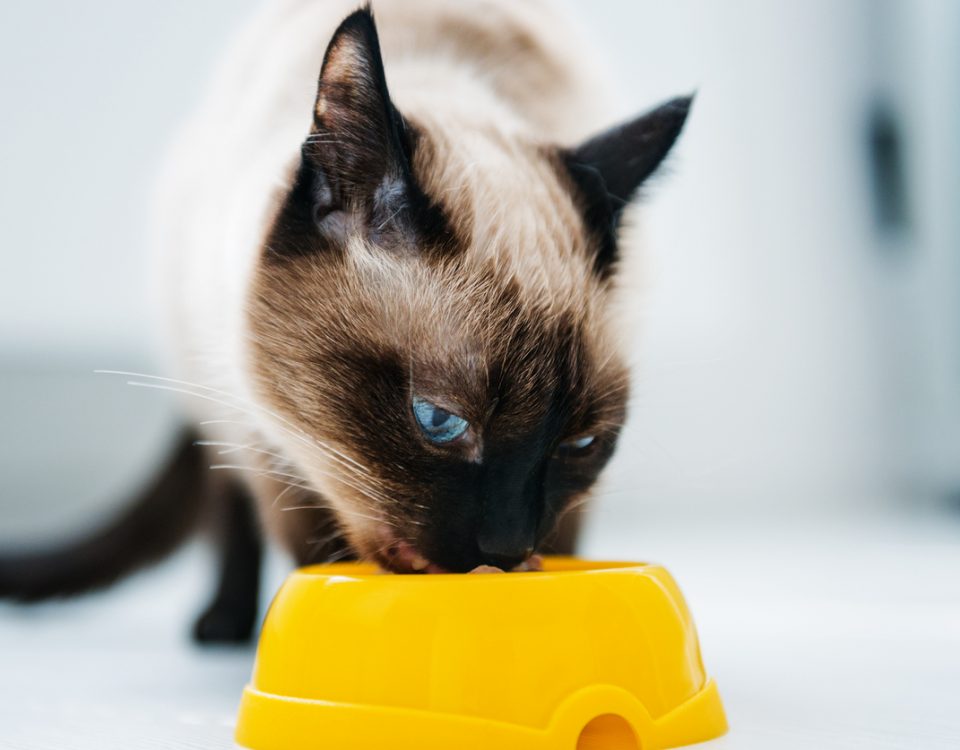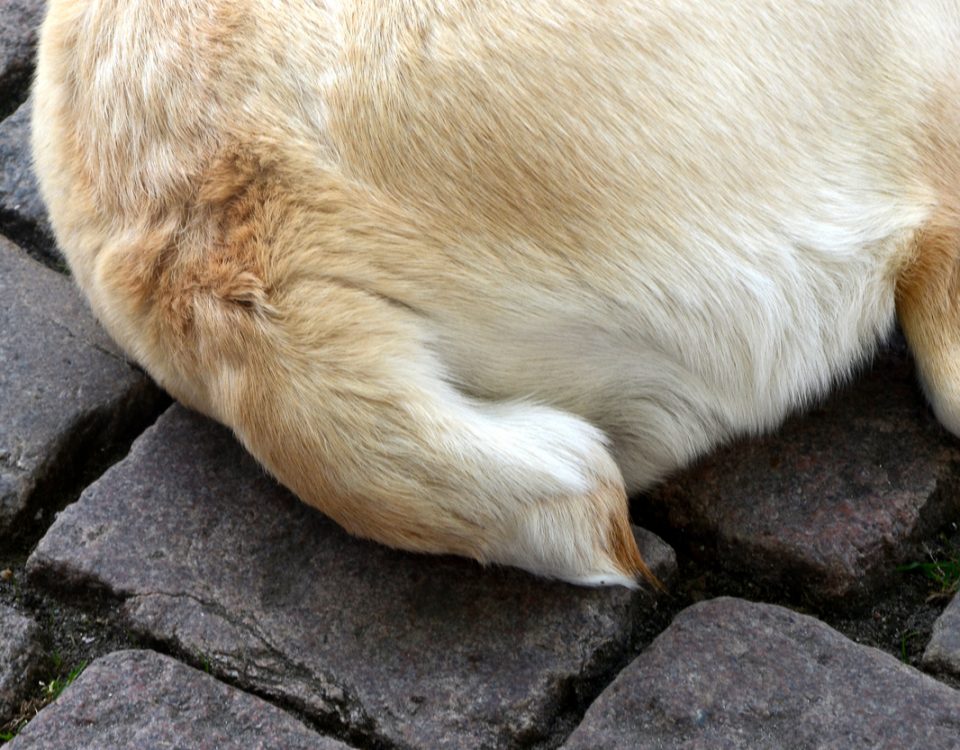- Call today!
- 845-706-7885

BE A RESPONSIBLE DOG OWNER
September 22, 2016
11 things humans do that dogs hate
October 6, 2016Risky Mistakes Pet Owners Make
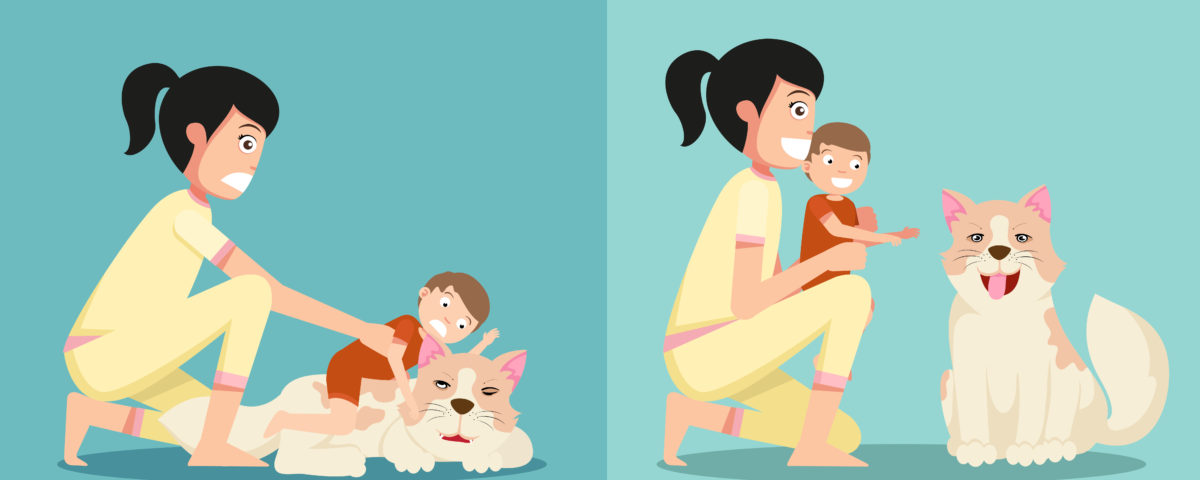
The right and wrong ways for new parents to taking care of the newborn while playing with the dog.vector illustration
You Let Your Dog Walk You
A poorly trained dog can be a hazard when you’re out for a stroll. According to the CDC, tens of thousands of people end up in the ER every year because of pet-related falls. Many of them happen during walks, either when a person trips over a dog or gets pulled or pushed by one. Experts say obedience training is the best way to make sure your pooch doesn’t take you down during his morning walk.
You Overlook Ticks
After a walk in the woods, you check yourself for these pests, right? Don’t forget about your dog. Tick bites put your furry pal at risk for Lyme disease, Rocky Mountain spotted fever, and a handful of other diseases. They can also cause serious illnesses in cats, and put the rest of the family at risk. If you find one, remove it with tweezers, and be careful to get all of the head and not to crush it. Ask your vet about tick control.
You Ignore Ringworm
If your pet has a round bald patch, this fungus could be to blame. People can get it when they touch an infected dog’s or cat’s skin or fur, so it’s important to treat it. Ringworm usually causes a reddish, ring-shaped rash on the skin or bald spots if it infects the scalp. If your pet has hair loss, take him to your vet.
You Don’t Bother to Deworm
Roundworms are common parasites in dogs and cats. They cause diarrhea and vomiting, and may lead to a serious illness. But they’re a threat to people, too. An infected pet can spread the tiny eggs in soil or sand. Kids may swallow the eggs when they put dirty fingers in their mouths. When the worms hatch inside people, they can cause blindness and other tissue damage. Ask your vet about regular deworming for your pet.
You Skip Flea Medicine
Pets without these meds aren’t the only ones who will pay the price. Fleas will quickly set up shop on their skin, especially in summer and fall, and fill your home with their eggs and young. Some people wind up covered in itchy sores. Fleas can also spread serious diseases to people, including bubonic plague. Ask your vet about long-term flea medication, and put a routine reminder on your calendar to give it to your pet.
You Don’t Spay or Neuter Your Pet
Millions of cats and dogs live on the street or end up euthanized because of unwanted litters. Still, many people are reluctant to spay or neuter their pets. The fact is, it’s a healthy choice for an animal. It lowers the risk of breast cancer in females and testicular cancer in males. Neutered males are also less likely to run away from home, mark their territory, or act aggressive.
You Keep the Food Bowl Full
It’s one of the most common mistakes pet owners make. The problem is that cats and dogs often eat more than they need. If food is always available, they’ll take in too many calories and put on too much weight. Instead, follow the serving suggestions on the pet food label, or ask your vet for advice.
You Force Cats to Be Vegetarian
Vegetarian people sometimes want their pets to share their lifestyle. The trouble is cats are “obligate carnivores” — they must eat meat to survive. They depend on nutrients that are found only in animal tissue. Dogs may be able to handle a well-balanced vegetarian diet, but check with your vet first.
You Give Them Too Little Exercise
Just like people, pets need to get moving to stay healthy. Without exercise they’re prone to obesity, which raises their risk of respiratory problems and joint trouble. The right amount of exercise for a dog depends on the breed and size, but vets recommend at least a half-hour each day. Bonus: Brisk walks with your buddy can help you get in shape, too.
You Misread Body Language
Sure, you love your dog. But do you really understand him? If you think a wagging tail is always a good sign, you could be in for a surprise. When a dog wants to threaten someone, he may hold his tail high and wave it stiffly back and forth. Mistake this warning for a sign of playfulness and you could get bitten. To avoid misunderstandings, learn about your pet’s body language.
To read these and more tips head to pets.webmd.com
